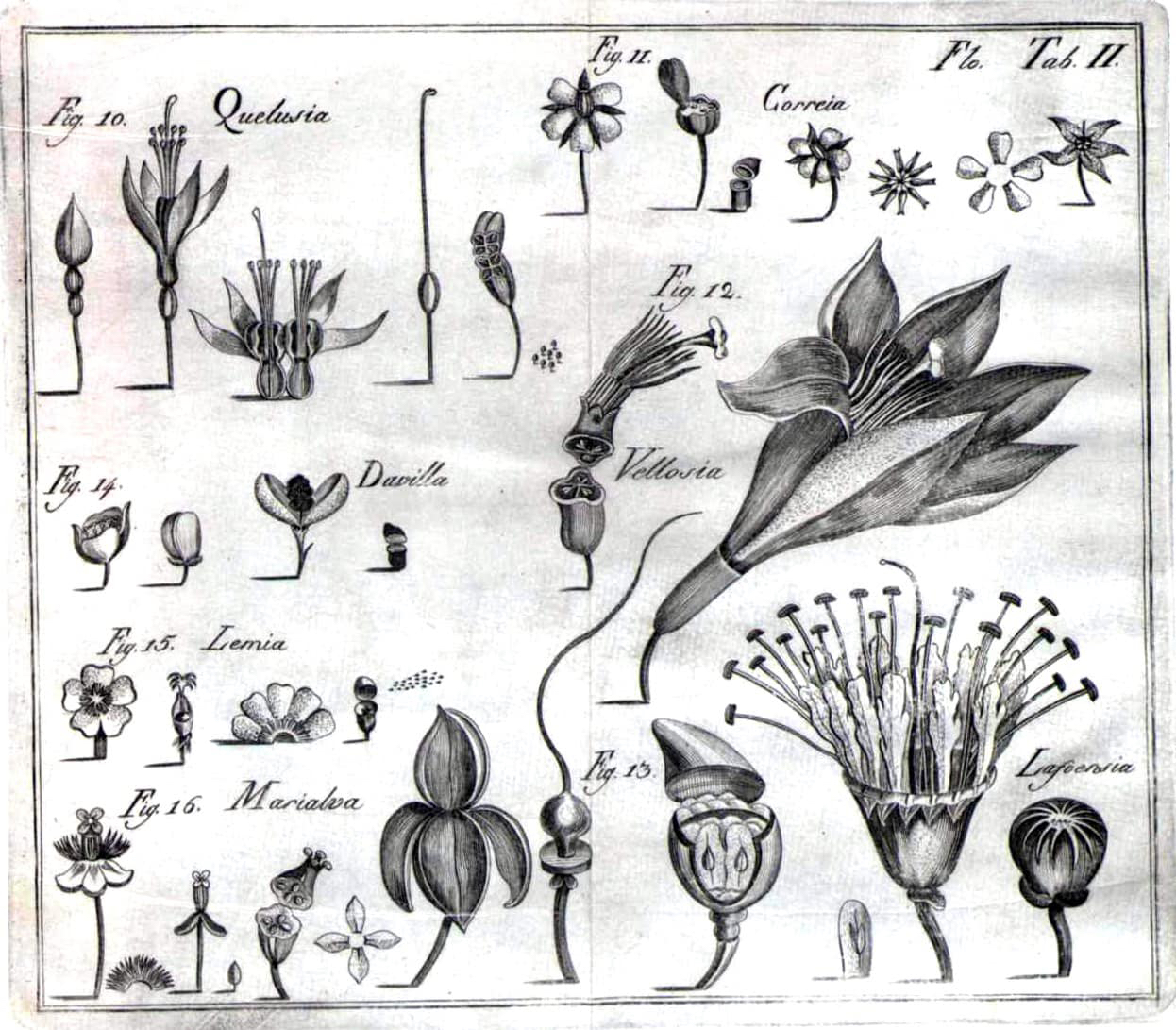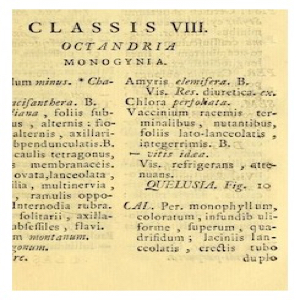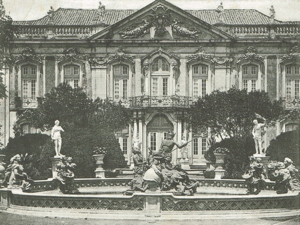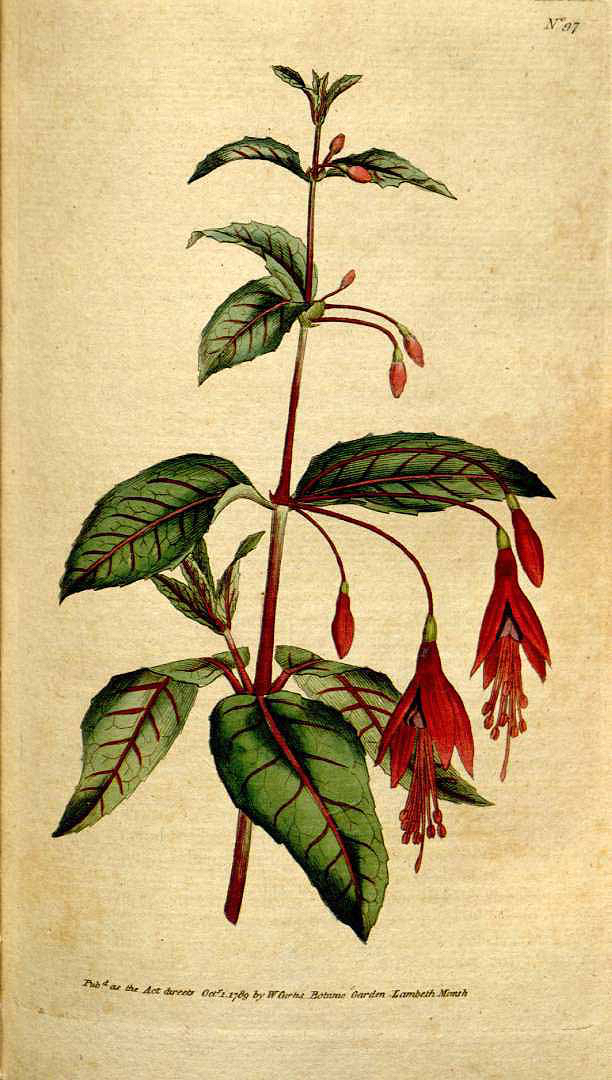Domenico Vandelli

Happy Birthday to Domenico Agostino Vandelli who was born July 8, 1735 in Padua, Italy. Vandelli was a noted naturalist and botanist, originally from Padua, Italy, who worked primarily in Portugal. As a naturalist, he's famous among herpetologists for having been the first scientist to describe the world's largest living turtle, the leatherback sea turtle, Dermochelys coriacea, in 1761. And, of course, there's a fuchsia involved in his story. There's always a fuchsia involved.
On the recommendation of Linnaeus, Vandelli was brought to Lisbon in 1764 by the great Portuguese reformer, the Marquês de Pombal (1699-1782), to teach chemistry and the natural sciences at the Real Colégio dos Nobres, a sort of preparatory school founded by Pombal to teach the sons of the aristocracy. Catherine the Great had also tried to poach him but he turned down her come-ons. Unfortunately, his field of science failed to fully capture the attention of the entitled young aristocrats he was teaching and he quickly beat it back to Italy.
Pombal lured him back again in 1765, this time to teach at the University of Coimbra, which was being reformed by the Marquês. Here, Vandelli found a better class of students for his teachings. He was the first director of the Botanical Garden at Coimbra until 1791, when he retired from the University. In 1793 he became the first director of the Ajuda Botanical Gardens in Lisbon. He was also one of the founders of the Academia Real das Ciências de Lisboa. Vandelli remained in Portugal for most of his long career contributing much with his studies and many publications and held a number of important positions.

Particularly noteworthy was his Florae Lusitanicae et Brasiliensis specimen published in 1788. In it Vandelli describes an interesting new plant called Quelusia without, however, attaching any particular species epithet to it. Its name was taken from the splendid 18th-century Rococo Palace of Queluz, a royal summer retreat near Lisbon, built for Queen Maria I and King Pedro III.
While somewhat disoriented by the artist conforming all the flowers illustrated on the pages to face upwards, the accompanying line drawing is informative and definitely confirms Quelusia as a fuchsia. Neither the drawing of the flower nor the written description, though, fully allow for the plant's precise identification as anything more than a Brazilian fuchsia of some sort. Aiton (see also) attributes the introduction of F. coccinea Aiton to a Captain Firth from Chile. Salisbury (see also), however, implicates Vandelli. Recent research seems to indicate that both are partially correct.
Florae was based partly on the work of the noted Brazillian botanist and secular Jesuit priest, Joaquim Veloso de Miranda (1733-1815), who was born in the town of Inficionado (today called Santa Rita Durão) in Minas Gerais. From a wealthy family of land and mine owners, Veloso de Miranda came to Portugal to study at the University of Coimbra, and later to teach alongside Vandelli. He later returned to his native Brazil where he botanized for a number of years.

Vandelli's later life would be far from the quiet and studious retirement he probably envisioned. Much of Europe was in turmoil during the Napoleanic Wars (1803-1815) and French armies would invade the Iberian Penninsula to occupy most of Portugal. Moments before the capture of Lisbon in 1807, the entire Portuguese royal family and court (by some estimates up to 15,000 people in all) fled into exile in Brazil with the help of the British Royal Navy. Remaining in Portugal, Vandelli apparently belonged to the liberal, pro-French faction in the country.

It was only due to the intercession of Sir Joseph Banks and his other friends at the Royal Society in London, of which he was a member, that he was transferred to exile in England. The two men had become friends when Banks had stayed in Lisbon for six months in 1766. Vandelli was only allowed to return to Lisbon in 1815, where he died the following year.
[n.b. Vandelli is not to be confused with another Domenico Vandelli (1691-1754), an Italian cartographer, scientist and mathematician of the same name.]
(Illustrations: 1. Fig. 10. Quelusia (F. coccinea) from Vandelli's Florae Lusitanicae et Brasiliensis specimen, 1788; 2. Detail from Page 23 starting the treatment of Quelusia. It continues onto page 24; 3. Queluz Palace ca.1920; 4. Departure of HRH the Prince Regent of Portugal for the Brazils in 1807 from the Campaigns of the British Army in Portugal, London, 1812. Henry L'Evêque & F. Bartollozzi; 5. F. coccinea Aiton by William Curtis in Curtis's Botanical Magazine. Vol. 3., 1790.)
